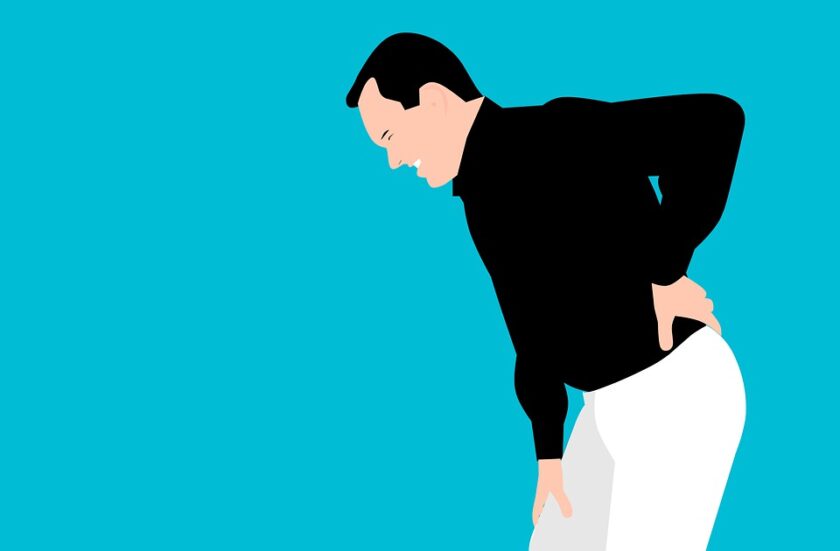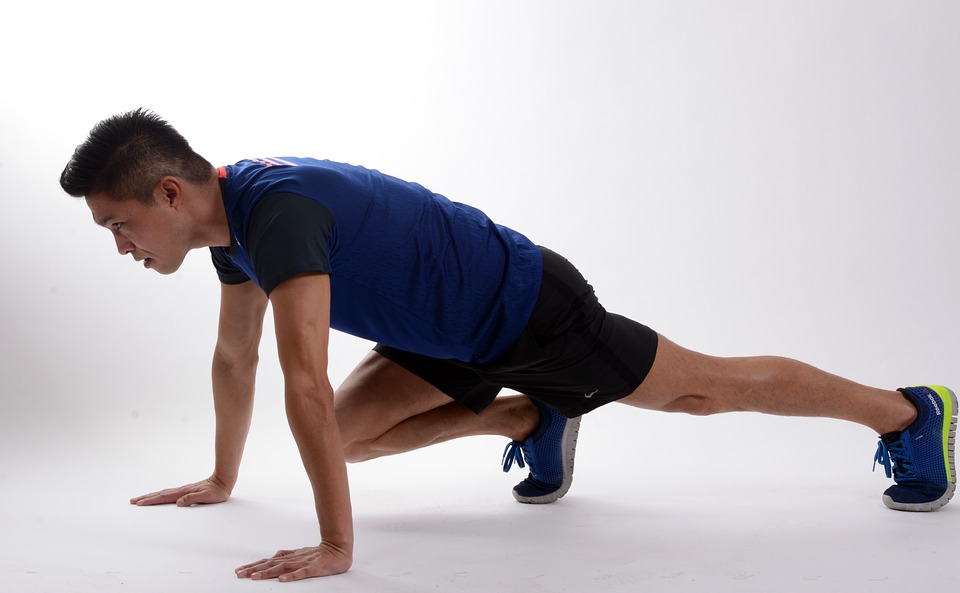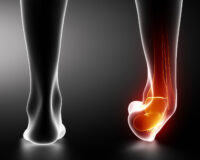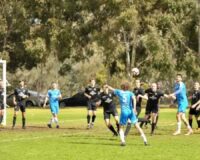
Lumbar Disc Injury: An Active Physio Rehab (Evidence-Based Approach With Yoga & Pilates)
*** This is an example of how such a case would be managed and is not based on any actual case study
Clinical scenario: A 45-year-old mechanic and father of two presents with acute-on-chronic LBP.
Injury initially sustained by working in a fixed-flexion position for 3-hours straight 10 years ago. His presenting flare-up occurred innocuously picking up his young daughter.
Initially, his GP referred him for an MRI which showed multiple Grade-2 Lx disc herniations with nerve root compression. Following the MRI findings & consultation with a spinal-specialist he was referred to physiotherapy.
Subjective Assessment
Understanding Client’s story: once physically active, became sedentary post children… He wants to be an “active dad” and get back to full-time work to support his family.
Interpretation > Will respond well to an active rehab approach when the time is right.
Objective Assessment
Gait Obs: Right Lx listing & flx, short shuffling steps, nil trunk, pelvic rotation or arm swing.
Interpretation> de-loading the posterolateral Left Lx discs.
Lx ROM: Reduced and painful in flexion, extension+, lateral flexion, rotation, quadrant ++ L>R.
Interpretation > muscle spasm, sensitisation and aggravated disc/neural impingement.
Palpation: Tight/spasm Right QLs and paraspinals
Interpretation > deloading the Left Lx discs.
Accessory joint movements: Very stiff thoracic disc and facet accessory movements
Interpretation > Occupational flexion. Tx stiffness increases lower Lx loading.
Muscle Length Testing: Tight hamstrings, hip flexors and pectoralis muscles
Interpretation > Sustained sitting with rounded shoulders & ‘post pelvic tilt’ creates rigidity at the lumbopelvic junction & loads lower Lx discs.
Neurodynamic testing: Tight SLR (Straight Leg Raise)
Interpretation > Nerve root impingement & piriformis, hamstrings spasm.
Active assessment: Active-SLR limited to 25° before back arches
Interpretation > indicates core weakness/reduced active lumbo-pelvic stability.
Individualised Management Plan
Narrative diagnosis: “Stiffness in the Tx spine and rigidity at the pelvis is causing the body’s load to be focused at the base of spine (Lumbar), where you have strained discs in the past. This is in-part due to your work – sustained flexed postures, and tightness in the chest, hamstring and hip muscles. The deep abdominal core muscles are unable to support this loading, which is why these discs have bulged, causing the current pain presentation”
So what can we do?

Active Physio Rehab (Evidence Based Approach with Yoga + Pilates)
Stage 1 – predominantly hands-on for first 2-4 weeks
Goals: Treating the ‘pain source’ as well as the ‘contributing factors’ to maintenance of Sx.
- Manual therapy: to release muscle spasm, promote healing, avoid stiffening and immobility, address neural restriction in the periphery and nerve root impingement.
- Dry needling and/or Remedial massage therapy: release muscle spasms, myofascial release, pain modulation, promotes blood-flow to the region.
- Taping and/or bracing: provides early stage stability, support and proprioceptive input.
- Postural education: promotes balanced load distribution between spinal segments and preparation for core training at the active rehab phase.
- Progressive exercise program:
Active Rehab 1: deloading anterior discs, pelvic control, lumbopelvic dissociation.
● Lx extension (Mckenzie in Prone) ● Pelvic rocking ● PROM single knee hug in supine
Active Rehab 2: releasing pelvic rigidity due to muscular tightness, introducing rotational movement, stretching the thoracolumbar fascia.
● Lumbar rotation with feet on the floor ● Hamstring stretch
● Full body stretch ● Lx decompression with Mckenzie 1 in standing
Active Rehab 3: Tx ROM, gentle Lx strengthening, spinal articular control.
● Hip opening/glute stretch ● Cat-camel ● Spine articulation (Bridging)
● Full Body side to side stretch ● Lx decompression with Mckenzie 2 in standing
Stage 2 – predominantly active rehab (can be from 3 to 8 weeks)
Goals: Strengthen correct movement patterns and learn movement/core control within pain-free ROM.
- Joint mobilisation, dry needling, remedial massage therapy, postural education/adjustments (as required).
- Pre-pilates (Clinical Exercise) sessions;
- RTUS session using visual feedback to aid in physically learning the fundamental concepts or core and Lx strengthening. (View video of a session: https://youtu.be/qPfc5egXEss)
- 2x one-on-one clinical pilates sessions in the studio: to construct the client’s appropriate and personal program and teach exercises thoroughly and safely.
- Commence physio-led clinical exercise (pilates) classes 2x weekly for sustainable, long term change.

Stage 3 – Active maintenance (3-6 months or per individual needs)
Goals: Strengthen the core, improve posture and postural control and body awareness.
- Physical activity based on client preference
- Continue pilates classes with regular program review at regular intervals
- Physio-led strength and flexibility group classes
- Physio-led yoga classes
- Home exercise program
- Gym, hydrotherapy or other exercise
Each client’s presentation is unique and therefore their rehab journey will be approached to reflect this. Prognosis and movement through the 3 stages of their journey will therefore differ person to person.
Book Appointment



